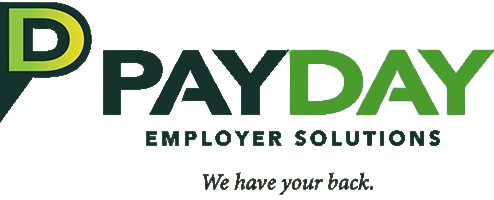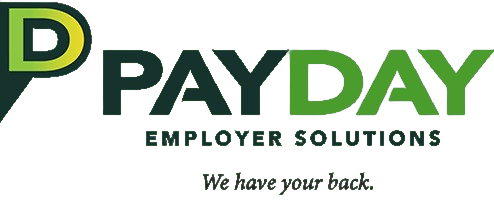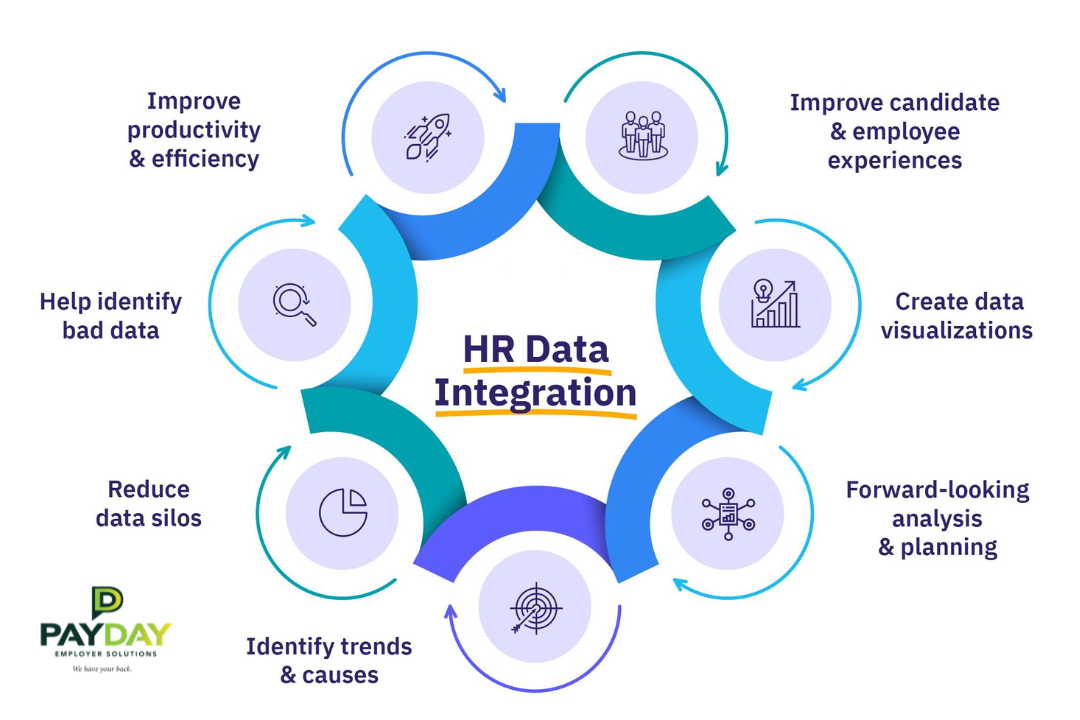As organizations grow, the challenges of managing human resources and payroll grow exponentially. Relying on traditional methods is a recipe for errors, delays, and potential compliance nightmares. Enter HR integration and advanced payroll systems—the revolutionary tools in business automation. By bridging the gap between HR tools and payroll functions, these integrations take the burden off HR teams and employees alike.
Imagine a flawless payroll cycle where everything from tax calculations to time tracking is effortlessly connected. In this guide, we’ll explore how advanced HR software integration and automated payroll systems streamline HR processes, enabling businesses to enhance efficiency and focus on strategic growth initiatives.
Exploring Essential HR Integration Models for Seamless Business Operations
In the ever-evolving corporate landscape, connecting the dots between HR tools and payroll systems is no longer a luxury—it’s a necessity. Explore the benefits of automating HR systems. Let’s work through the various HR integration models that drive efficiency and reduce manual workload.
HRIS Integration: Streamlining Employee Data Management
The Human Resource Information System (HRIS) is the heart of your employee data management. Furthermore, from onboarding to performance tracking, this system holds all the critical details. When properly integrated with payroll, it creates a direct flow of information—eliminating double data entry and automating updates.
Time and Attendance Integration: Simplifying Payroll with Accurate Time Tracking
Managing hours worked, overtime, and leave can be a headache if done manually. However, by syncing your time and attendance systems with payroll, you ensure every minute logged is automatically reflected in the employee’s paycheck. Consequently, this integration wipes out human error and guarantees accurate payroll calculations, so no one misses a beat—or a penny.
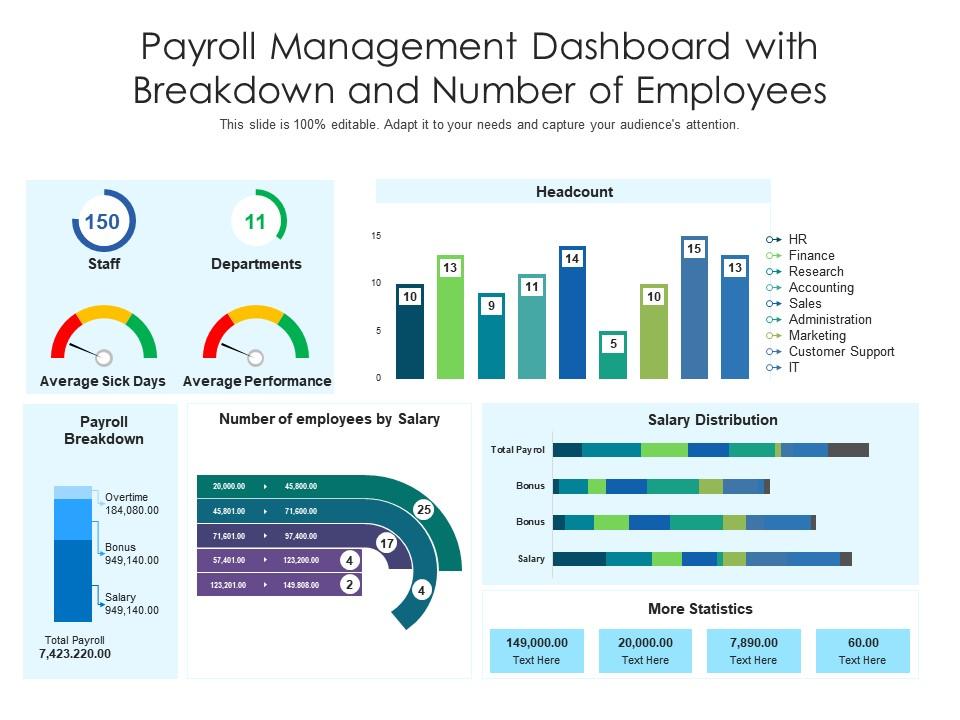
Benefits Integration: Effortlessly Managing Employee Benefits and Deductions
Handling employee benefits, from health insurance to retirement plans, can get complicated fast. A benefits integration simplifies this by automatically feeding employee benefit selections into payroll. This not only streamlines HR processes but gives employees full visibility into their deductions, making everything crystal clear.
Together, these integrations are the backbone of business automation, saving time, cutting errors, and keeping operations running smoothly.
Payroll Systems: The Driving Force Behind Business Automation Success
At the heart of every successful HR integration lies a key player: the payroll system. They aren’t just about cutting paychecks—they’re precision tools designed to tackle the complexities of payroll, ensuring compliance while boosting efficiency. Here’s how payroll systems power the engine of business automation:
1. Employee Data and Salary Management: Centralizing Payroll for Error-Free Processing
Manual input is a thing of the past. Today’s payroll systems seamlessly sync employee data—from salary details to working hours and tax info—directly from your integrated HR tools. This automated flow eliminates errors and guarantees employees are paid accurately and on time, every time.
2. Compliance and Accurate Tax Withholdings with Automated Payroll Systems
Navigating the maze of tax compliance can be daunting, but payroll systems make it effortless. They handle everything from local to federal tax calculations in real-time, ensuring your business stays compliant with ever-changing laws. No more last-minute tax scrambles—this system has your back, reducing HR’s administrative burden.
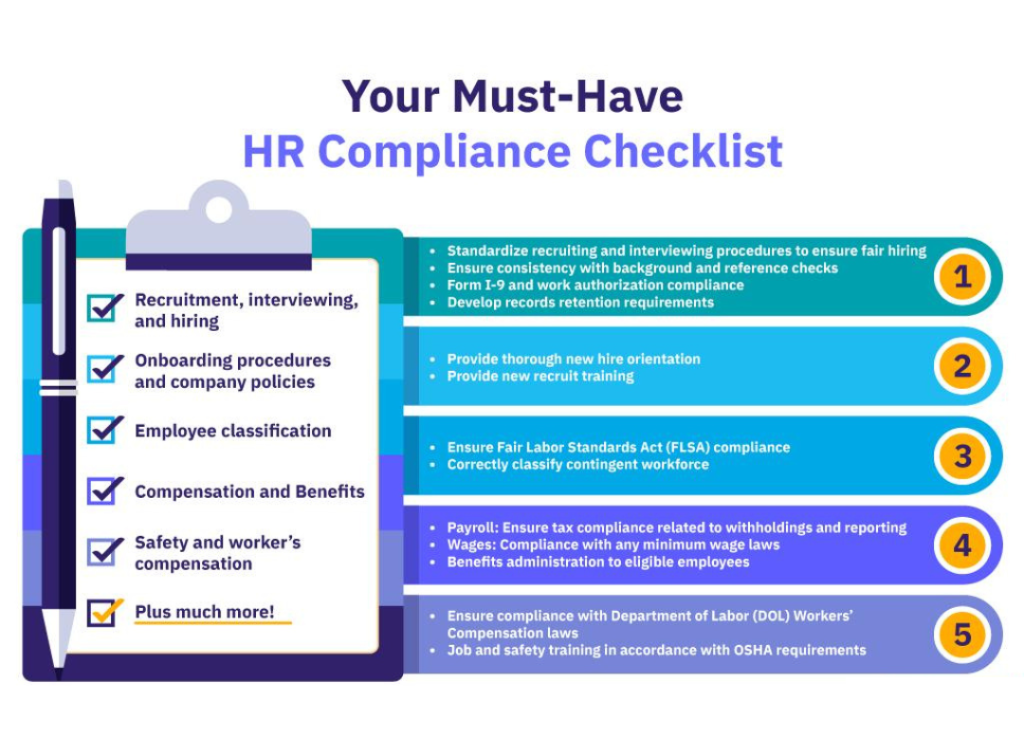
3. Efficient Direct Deposit and Payment Distribution for Streamlined Payroll
Payday just got simpler. With payroll systems automating direct deposits and payment distributions, employees receive their wages without delay, and businesses maintain smooth cash flow. The days of HR handling payments manually are gone, thanks to this automated efficiency.
4. Self-Service Portals: Empowering Employees with Control Over Their Payroll and Benefits
Give your employees the power of control with self-service portals. Find out about the top HR tools for business automation that offer similar benefits. They can access pay stubs, update personal details, and manage their benefits—all in one place.
From accurate payroll processing to seamless compliance, these systems quietly handle the heavy lifting, freeing up HR to focus on strategic initiatives. Payroll systems are the unsung heroes driving the business automation revolution that every modern company needs.
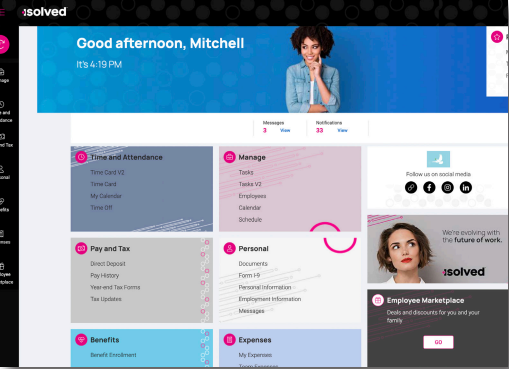
How HR and Payroll Integration Supercharges Business Automation and Scalability
In a world where speed and efficiency drive success, business automation has become a must for companies looking to scale seamlessly. Through the integration of HR and payroll systems, businesses can not only eliminate operational bottlenecks but also achieve enhanced accuracy, speed, and regulatory compliance. Here’s how these integrations supercharge business automation:
1. Eliminating Manual Processes: Reducing HR Workload with Seamless Automation
Manual data entry into disparate systems is now a thing of the past. With HR and payroll integration, essential employee details—like hours worked, benefit choices, and personal information—sync automatically across platforms. This automation wipes out repetitive data entry, speeding up payroll processes and significantly reducing the risk of errors.
2. Boosting Accuracy and Minimizing Errors with Integrated HR and Payroll Systems
Payroll errors can be more than just an HR headache—they can seriously impact employee morale. Automating these processes through integration ensures that every detail is accurate, eliminating common mistakes like late payments or incorrect tax withholdings. Therefore, it’s a win-win for both HR and employees. Consequently, this automation eliminates redundant data entry, accelerating payroll processes. For additional insights on how HR automation can fuel business growth and scalability, check out this article on 5 ways HR automation drives scalability.
3. Staying Compliant: How Integrated Systems Simplify Regulatory Compliance
Navigating changing tax laws, labor regulations, and benefit requirements is a daunting task. Luckily, integrated HR and payroll systems update in real-time, automatically adjusting to legal changes and ensuring compliance without the constant oversight. Automated alerts and updates mean fewer fines, reduced legal risks, and peace of mind for your HR team.
4. Scaling Operations Effortlessly: Leveraging HR and Payroll Integration for Growth
As businesses grow, traditional methods often lead to inefficiencies and slowdowns. However, by automating payroll and HR functions, companies can scale effortlessly without needing to expand their administrative teams. Thus, scalability is key to maintaining efficiency and flexibility as your business expands.
5. Enhancing Employee Experience: Empowering Staff Through Integration and Automation
Today’s employees expect transparency and control over their pay and benefits. With integrated payroll systems offering self-service portals, employees can easily access and manage their own information. Not only does this enhance employee engagement, but it also frees up HR from managing countless inquiries.
By merging HR and payroll systems, businesses can unlock a new level of efficiency, accuracy, and employee satisfaction—all while staying ahead in a rapidly evolving business landscape.
The Future of HR Automation: Are You Ready to Revolutionize Your HR and Payroll Systems?
Integrating HR systems with payroll is no longer just an option—it’s a revolutionary tool. For businesses looking to scale, streamline operations, and embrace business automation, this integration is a must. By automating tasks like time tracking, benefits management, and payroll distribution, companies free themselves to focus on what truly matters—building a thriving culture, driving growth, and enhancing employee satisfaction. So, are you ready to elevate your HR and payroll systems with cutting-edge automation?
Want to discover how HR and payroll integration can revolutionize your business? Contact us today for tailored advice on choosing the right tools to power your business automation journey. Let’s unlock your company’s full potential together!

FAQs
What is HR integration, and how does it improve business processes?
HR integration is the process of connecting different HR systems—like payroll, benefits, and time tracking—into a unified platform. This integration reduces manual tasks, improves data accuracy, and automates processes, making it easier for businesses to manage employee data and ensure seamless HR operations.
How do payroll systems help with business automation?
Payroll systems play a crucial role in business automation by eliminating repetitive manual tasks. These systems automate everything from wage calculations and tax withholdings to generating payroll reports. This ensures employees are paid accurately and on time, regardless of any complexities in pay schedules or deductions. When integrated with other HR tools, payroll systems streamline processes like attendance tracking, time management, and employee data updates. By automating these activities, payroll systems reduce administrative overhead, improve efficiency, and enable businesses to focus on strategic goals rather than day-to-day operations.
What are the benefits of HR and payroll integration?
- Saves time by reducing manual tasks and repetitive data entry.
- Boosts data accuracy by syncing information across HR and payroll systems.
- Reduces errors in payroll and benefits administration.
- Ensures compliance with constantly changing labor laws and tax regulations.
- Enhances employee satisfaction through self-service portals.
Why should businesses invest in payroll systems?
Investing in payroll systems is essential for modern businesses looking to optimize their HR operations. Payroll systems automate complex tasks like salary computations, tax filings, and payment distributions, ensuring accuracy and compliance at all times. With automated systems, businesses can minimize the risks of manual errors that could lead to financial penalties or employee dissatisfaction. Furthermore, payroll systems support scalability, allowing companies to handle increasing employee numbers without overwhelming the HR team. By automating payroll management, businesses save valuable time and resources, enabling HR departments to focus on strategic initiatives rather than routine payroll administration.
Can payroll systems manage employee benefits?
Absolutely. Most modern payroll systems are equipped with comprehensive benefits management capabilities. However, they can automate deductions for various benefits, such as health insurance, retirement plans, and employee stock purchase options. This integration simplifies the entire process, ensuring that benefit deductions are accurately reflected in employees’ paychecks. In addition, it also provides businesses with a centralized system to manage benefit enrollments and updates, reducing administrative workload. For employees, payroll systems often include self-service features that allow them to view and manage their benefit selections in real-time, offering greater transparency and control over their compensation packages.
How does HR integration improve employee experience?
HR integration significantly enhances the employee experience by providing easy access to a range of self-service tools and information. With integrated HR systems, employees can manage their personal data, view pay stubs, submit time-off requests, and review benefits options—all from a single platform. This level of transparency reduces the need for employees to reach out to HR for routine inquiries, freeing up HR teams to focus on more strategic tasks. Additionally, the convenience and autonomy offered by these self-service portals lead to higher employee satisfaction and engagement, as employees feel more empowered to manage their own HR-related needs.
